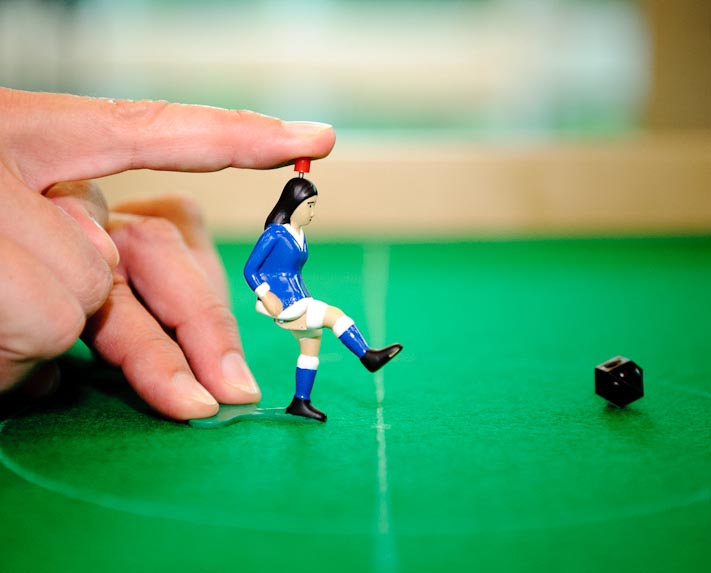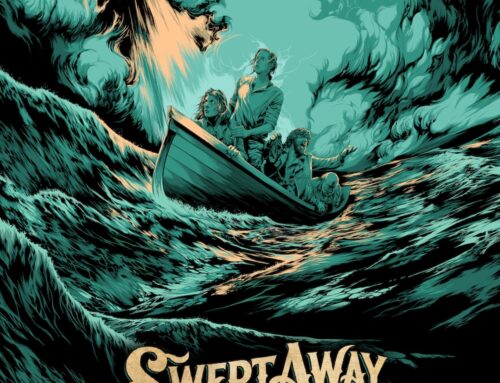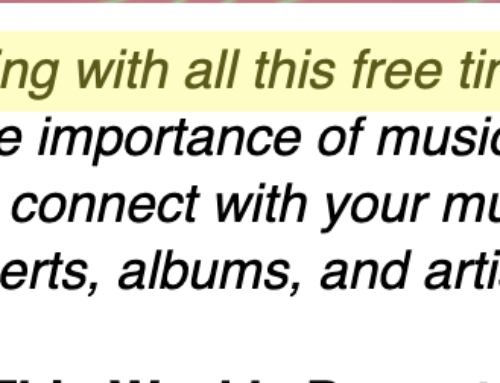 Guest post by Christopher Wallace
Guest post by Christopher Wallace
Let’s go back in time five years to 2007.
You’ve got a great idea to build a watch with built-in Bluetooth, allowing you to control and access your phone or tablet from your wrist. Unfortunately, you’re a relatively broke hobby designer working a 9 to 5 IT job.
How do you proceed? Call up your rich uncle and ask him to back you? Go to the bank and apply for a loan?
Five years ago, any method of raising capital for a project would generally require a substantial profit share once the product came to fruition.
Image by Heinrich-Böll-Stiftung (Flickr: Kick-Tipp) [CC-BY-SA-2.0], via Wikimedia Commons
That’s no longer the case.
By now, most people with an Internet connection have at least heard of Kickstarter, the crowd-sourced fundraising site that began in 2008 (and is now joined by a host of other competitor platforms).
The concept is simple: a budding entrepreneur or artist creates a video explaining their idea for a product or project and posts it to the website (like Dan Cohen did).
They set a monetary goal they want to reach, with different tiers of donations and corresponding “rewards” to donors. If they reach their goal within the time frame they set, then all of the money goes into the bank account of the creator, minus a 5% fee to Kickstarter. In the event that they don’t reach their goal, none of the donors’ credit cards are charged.
Now, until about a year ago, Kickstarter was the domain of garage bands and starving artists. Need $5,000 to get into a recording studio? Make a video and hawk it to the Facebook accounts of all your friends and family.
Then along came the Pebble. With their campaign last spring, the creators of a watch that syncs with smartphones managed to raise over $10 million dollars. When they began the campaign, they set a goal of $100,000.
What does this mean?
Well, if you’re Pebble, it means you’ll be making a lot more watches than you’d initially planned on, and although you’ll be paying Kickstarter a cool $500,000, you won’t ever have to pay off interest to the bank on a $10 million loan.
In a matter of months, Kickstarter has revolutionized the way that entrepreneurs big and small raise capital. There’s no longer any reason to give a financial backer a cut of your profits.
If your idea is good enough, consumers will pay in advance (but you have to give them a deal).
If you’ve got your own idea or are just looking to raise capital for your business, here are the basic ideals of running a Kickstarter campaign to get you started:
1. Be transparent
There’s no reason to hide the profits you stand to make. People who believe in your product want you to succeed, but mostly they just want your product at a discount.
Explain in your campaign why you’ve set your goal the figure you choose. What will that money go to? How much does it cost to make this happen?
2. Be professional
Nobody is going to believe in your idea if you present it poorly. Whether you’re a comic book artist or a tech geek, it’s crucial that your video and presentation be top notch.
Borrow or hire a professional camera and find someone who knows how to edit video. Draw out a storyline for your video before filming. Show your face in the video. Dress nicely and smile.
3. Be simple
Up until the Pebble, one of the most successful Kickstarter campaigns to date was the Hidden Radio, an intuitive speaker that wirelessly connects with tablets and phones and pumps out up to 80 decibels of sound, all in the size of a can of soda.
The speaker’s Kickstarter campaign raised $938,000, just shy of $1 million, after setting an initial goal of $125,000. Because the product was attractive and well-explained in simple, layman’s terms, people understood it and immediately wanted it.
In the four-minute videos, the creators explained only what needed to be said, nothing more. People bought it up in droves.
4. Be generous
Kickstarter is not a chance to ask for a handout. Just because your project is great, if you’re not a registered non-profit, think twice before plainly asking for free money.
Think of Kickstarter like a Groupon or daily deal – you’re asking people to pay in advance. Reward them with a significant discount over the price they’d pay if they waited until your product, album, or project is complete.
5. Be passionate
Whether you’re a playwright or a video game designer, if you believe in your product, that will show in your campaign. Don’t put up a Kickstarter campaign for anything that you’re not prepared to give 100 percent of your efforts to.
The most successful campaigns turn into full-time jobs for the creators. Best of all, they begin their business without crippling debt.
What ideas do you have that might raise $1 million on Kickstarter?
 Christopher Wallace is Vice President of Sales and Marketing for Amsterdam Printing, one of the nation’s largest providers of promotional products for businesses large and small. Amsterdam specializes in custom pens and other promotional items such as calendars, laptop bags and T-shirts. Christopher regularly contributes to the Promo & Marketing Wall blog.
Christopher Wallace is Vice President of Sales and Marketing for Amsterdam Printing, one of the nation’s largest providers of promotional products for businesses large and small. Amsterdam specializes in custom pens and other promotional items such as calendars, laptop bags and T-shirts. Christopher regularly contributes to the Promo & Marketing Wall blog.









Totally agree about the video! So crucial to have a solid way to communicate the vision visually
What do you think of this? http://www.vidaao.com/
Justin
justin@vidaao.com